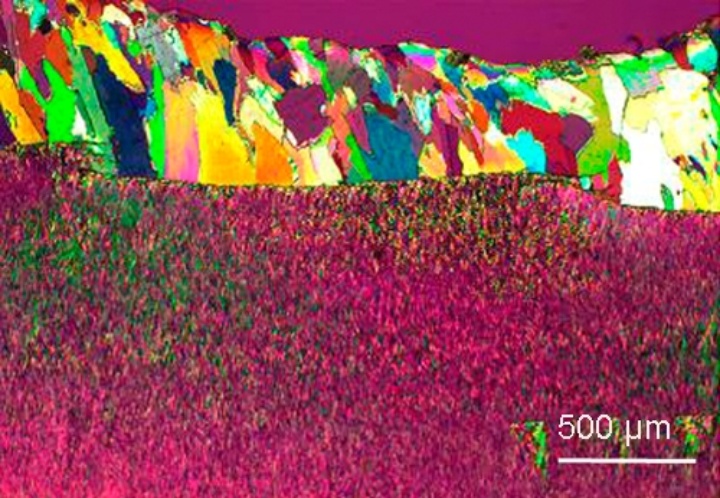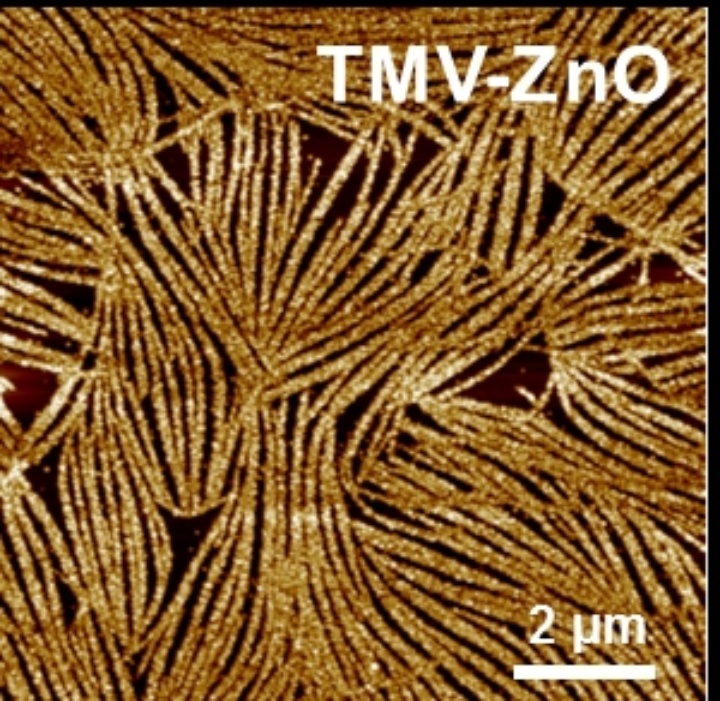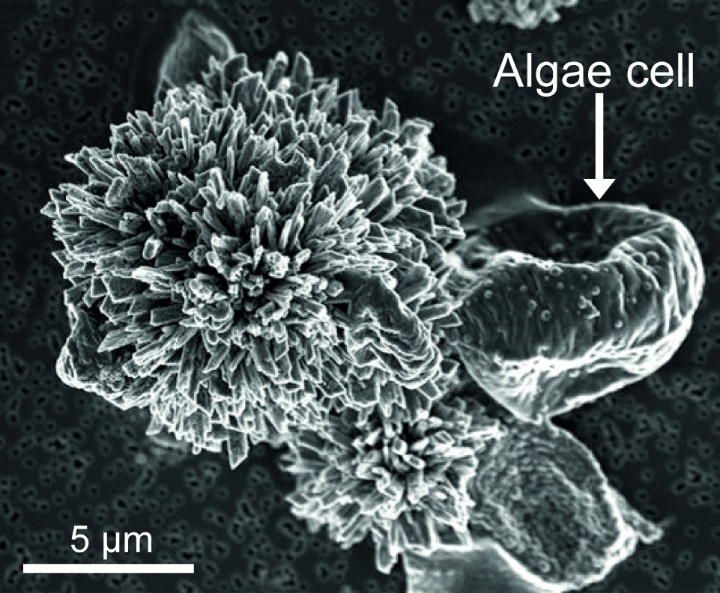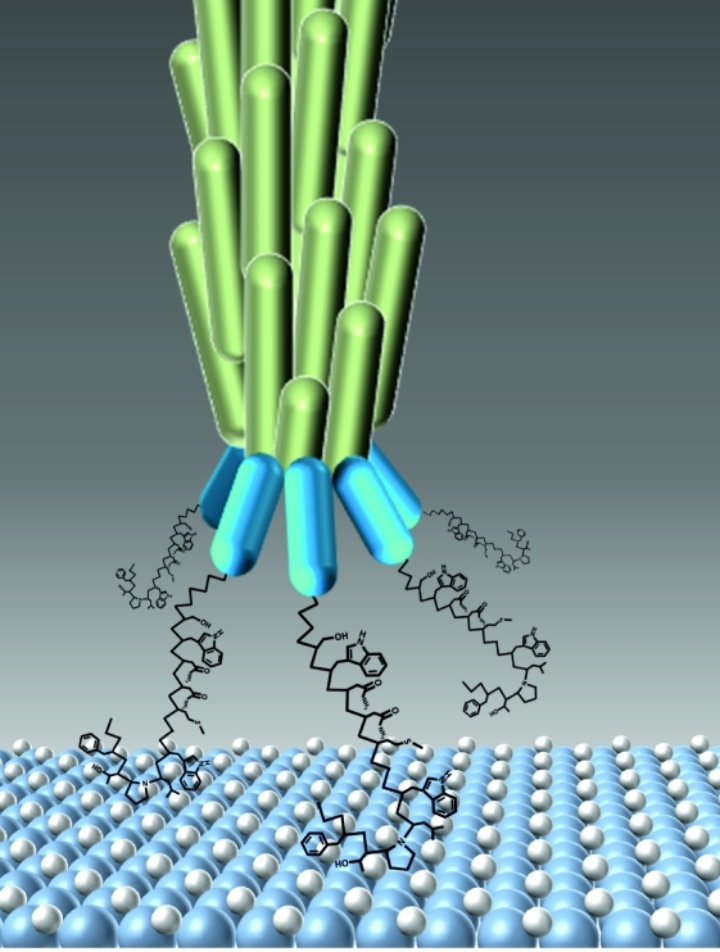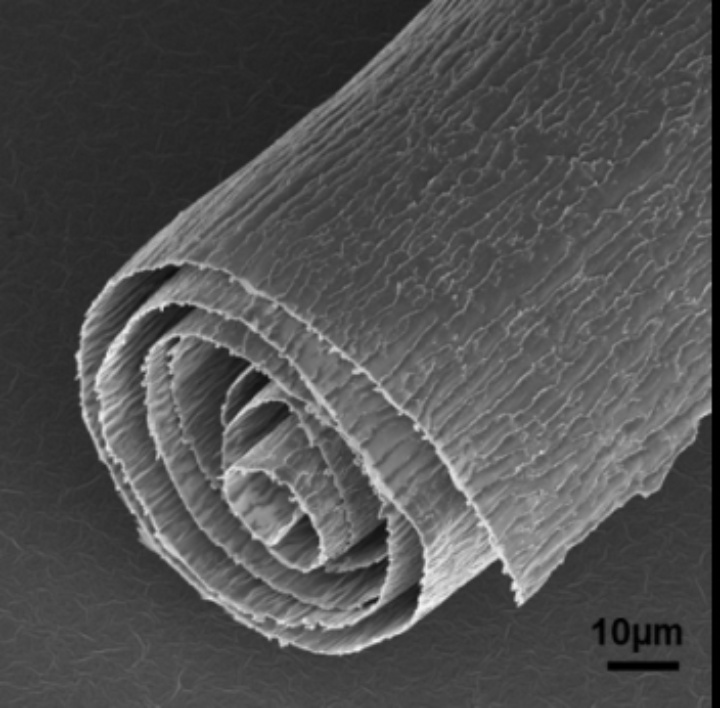Inorganic functional materials are essential for key technologies like information technology, energy generation and storage. Thereby, complex structured multifunctional inorganic materials as well as hybrid materials, which contain additional organic components, are of particular importance for developing such technologies. The formation of materials with defined structure and composition with conventional techniques, related with harsh reaction conditions and elaborated equipment, thereby reaches its limits. In contrast, living nature provides impressive examples for the formation of complex structured inorganic materials at ambient conditions (Nanomechanical characterization). Within such biomineralization processes, bioorganic molecules control the formation of the inorganic phase. The resulting hybrid materials often show multifunctionality, and the material properties are expanded by the incorporation of the bioorganic molecules.
The research focus of the Bioinspired Materials & Systems group is the generation of inorganic functional materials and (bio)organic/inorganic hybrid materials with an expanded range of properties.For that purpose, assemblies of (bio)organic molecules and nano-objects to templates with a defined structures are applied. These templates are then utilized to trigger the generation and the shape of inorganic functional materials under mild reaction conditions to obtain hierarchically organized nanostructures which function e.g. as electronic devices (Biotemplate & Phage display).
Further research efforts are dedicated to the genetic modification of biological templates for the specific deposition and interaction of the organic and inorganic phases (Biotemplate & Phage display).Another topic is the direct material synthesis with living organisms, e.g. algae or bacteria (Biomineralization). Moreover, natural structures and their transfer to technically relevant materials for the improvement of material properties are investigated (Nanomechanical characterization). In addition, nano and micro structured transport systems are investigated which opens various application fields. With this, inorganic materials shall be specifically transported and locally synthesized with nanometer precision.
The material formation mechanisms and structures as well as the interaction of organic and inorganic phases in hybrid materials are characterized with spectroscopic, X-ray and microscopic techniques. Furthermore, electronic, nano-mechanical and optical properties are investigated. In this context, multifunctional materials with electronic and nano-mechanical property combinations are relevant for e.g. actuators.


